8 Ways To Make Streets More Bike Friendly
/When I first started working at WATS, I was excited to learn more about the agency’s emphasis on “complete street” design, which is an approach to transportation policy that includes planning streets for all users of all ages and abilities. This means planning streets that are accessible for all modes of transportation. The more you dig into this topic, the more it becomes clear just how flexible streets can be. One great example is Ann Arbor’s first two-way protected bike lane on William Street, developed to increase safety and help combat congestion in the downtown area. By narrowing the travel lanes to just one in each direction, William Street was transformed into a bicycle boulevard with two 5-foot protected bike lanes. Oftentimes there is available space in the existing road width to accommodate better bicycle infrastructure at a relatively low cost. Added bonus, these treatments can have a positive impact on speed and safety for motor vehicles by calming traffic.
The following treatments are recommended by the National Association of City Transportation Officials (NACTO), which provides best practice solutions for complete streets that are safe and comfortable for bicyclists in the Urban Bikeway Design Guide.
Bike Route Wayfinding
A wayfinding system is an easy treatment that consists of signing to guide bicyclists to their destinations along preferred bicycle routes. Signs are typically placed at decision points and lead to key locations around the route.
Shared Lane Markings
Shared Lane Markings (SLM), or “sharrows,” are road markings used to indicate a shared lane environment for bicyclists and automobiles on roads with 35 mph or less. Sharrows can increase comfort and confidence for some cyclists, reinforce the legitimacy of bicycle traffic on the street, and recommend proper bicycle positioning to help with dooring conflicts when on-street parking is present.
Conventional Bike Lanes
Conventional bike lanes use striping, signage, and pavement markings to allocate a portion of the roadway for exclusive use of bicycles. Only four feet of rideable surface width is needed but six is ideal. Conventional bike lanes visually remind motorists of bicyclists’ right to the street, increases bicyclists comfort, and enables bicyclists to ride at their preferred speed.
Buffered Bike Lanes
Buffered bike lanes are similar to conventional bike lanes but are paired with a designated buffer space of at least three feet separating the bicycle lane from the adjacent motor vehicle and/or parking lane. This provides greater distance between bicyclists and automobiles and more space for bicyclists to pass another bicycle without encroaching into the motor vehicle lane. Buffered bike lanes are preferred to conventional bike lanes. Seven in 10 bicyclists indicated they would go out of their way to ride on a buffered bike lane over a conventional bike lane, according to NACTO.
Cycle Tracks
Cycle tracks use a variety of methods to physically separate bicyclists from motor traffic. In contrast to a bike lane, cycle tracks are located curb-side of on-street parking. This type of bike treatment dedicates and protects space for bicyclists the most.
Color Blocks
Color blocks within a bicycle lane increase the visibility of the facility, identify potential conflict areas, and reinforce priority of bicyclists at intersections. These increase bicyclists comfort through clearly delineated space and increases motorist yielding behavior. Color block treatments can also help reduce bicycle conflicts with turning motorists.
Bike Boxes
A bike box is a designated area at the head of a traffic lane at a signalized intersection that provides bicyclists with a safe and visible way to get ahead of queuing traffic during the red signal phase. Bike boxes increase visibility of cyclists, group bicyclists together to clear at intersections quickly, and reduce vehicle encroachment into crosswalks.Seventy-seven percent of cyclists felt bicycling through the intersections was safer with the bike boxes, according to NACTO.
Median Refuge Islands
Median refuge islands are protected spaces placed in the center of the street to facilitate bicycle and pedestrian crossings. For bicycle facility crossings of higher volume or multi-lane streets, increased levels of treatment may be desired including bicycle signals, hybrid beacons, or active warning beacons.
Do you feel more comfortable biking when these treatments are applied? Tell us what you think in the comments below.




